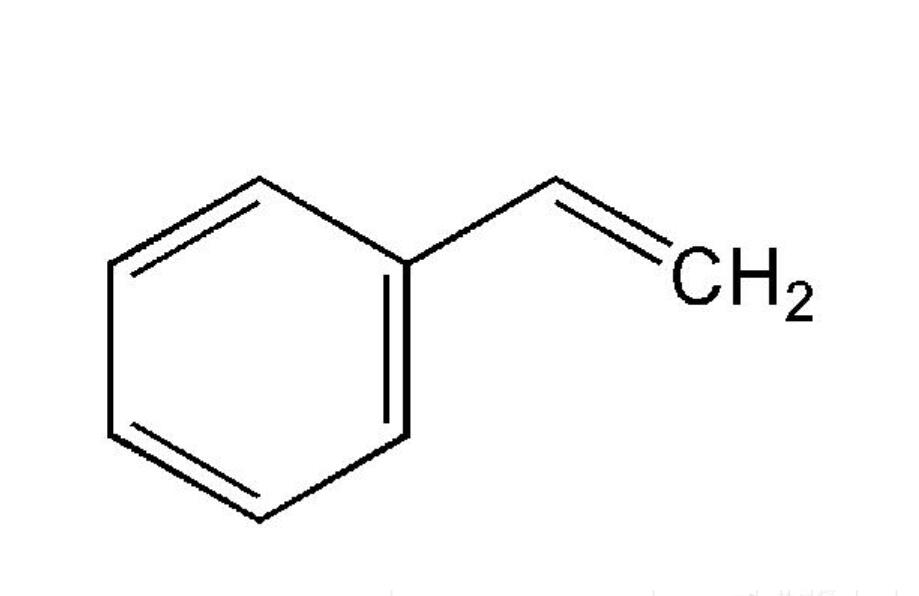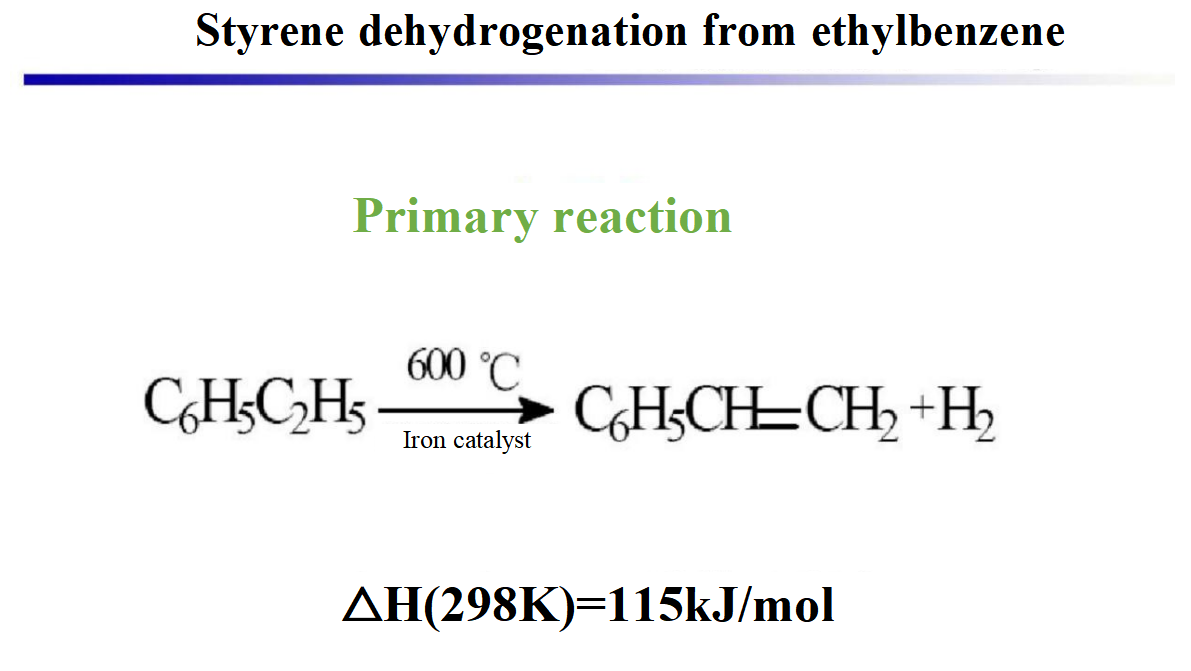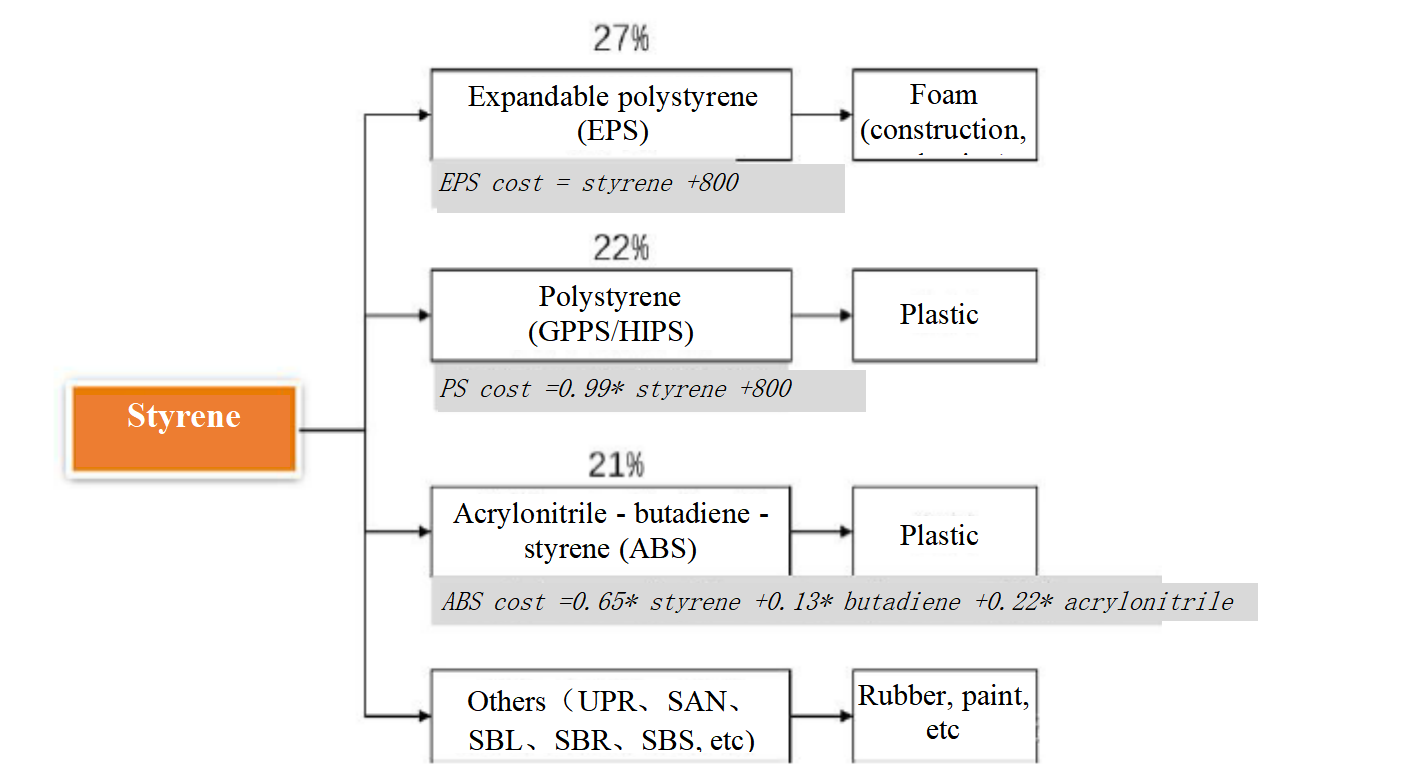
News
In 2020, it was rated as a national specialized and new "little giant" enterprise by the Ministry of industry and information technology
2023-06-15 134
Development Status and Prospect of Ethylbenzene Dehydrogenation to Styrene Catalyst
Styrene (SM) is a very important polymerization monomer in addition to ethylene and propylene, and has a wide range of applications in downstream chemical products and plastics.

The first industrial production of styrene by Dow Chemical in the United States and BASF in Germany laid the foundation for the industrial production of styrene. At present, there are two main production routes of styrene in industry: one is ethylbenzene dehydrogenation, which includes ethylbenzene oxide dehydrogenation and catalytic dehydrogenation. Another method is epoxy propane-styrene (PO/SM) co-production. Ethylbenzene dehydrogenation is widely used to produce styrene, and the yield of SM products is greater than 90%.
The key point of the production of styrene is the quality of the catalyst, through the continuous exploration and improvement of researchers, the development of styrene catalyst has made remarkable progress. The early zinc and magnesium catalysts were gradually replaced by iron catalysts with better performance. Iron catalyst is a kind of catalyst with iron oxide as the active component and potassium oxide as the main auxiliary.
At present, a focus of research and development of ethylbenzene dehydrogenation catalysts is the development of low potassium element catalyst additives. If potassium is lost too much or too fast in the catalytic process, the catalytic efficiency will be affected. Therefore, reducing the content of potassium in the catalyst will effectively improve the life of the catalyst while ensuring the catalytic efficiency, making the production process more stable and efficient. Another research focus is the development of novel catalysts with high lifetime. The catalytic effect per unit time and the catalyst life are two important factors that determine the quality of the catalyst. At present, the average service life of the catalyst is only 24 months, so it is of great significance to develop the catalyst with good performance and long service life for ethylbenzene dehydrogenation. Today, the world's leading high-life ethylbenzene dehydrogenation catalyst development company is the German southern chemical company and standard catalyst company. Founded in the late 1980s, Standard Catalyst is the world's number one provider of hydrogenation catalysts. The Shell series of catalysts and C series of catalysts developed by the company had a good market response. Founded in the mid-19th century, the company initially produced the C series and G series dehydrogenation catalysts, and subsequently developed the S (Styromax) series catalysts, which are widely used in our corresponding production plants. In addition, domestic ethylbenzene dehydrogenation catalysts have been developed since the 1960s. The XH series of Xiamen University, the GS series of Sinopec Shanghai Petrochemical Research Institute, the LH series of Sinopec Petrochemical Research Institute, the DC series of Dalian Biochemical Institute and the YFCT models of scenic new materials have been used in industrial production.
In the process of development of ethylbenzene dehydrogenation styrene catalyst, after a lot of research, the researchers found that the catalyst in the reaction process will be affected by the temperature, additives and airspeed and other factors. These are briefly explained below:
(1) Temperature: ethylbenzene dehydrogenation is a typical heat absorption reaction during the reaction process. The higher the temperature, the more thorough the reaction; But the reaction temperature is too high, ethylbenzene will produce thermal cracking reaction and produce carbon accumulation, resulting in the selectivity of styrene reduced, the catalyst is unstable, the catalytic efficiency becomes worse. Therefore, the reaction temperature should be controlled in a reasonable range, and studies show that 550-610 ° C is the optimal reaction temperature.

(2) Additives: In order to improve the activity of catalysts, a certain amount of alkali metal oxides such as calcium oxide, potassium oxide and cerium oxide are added to the catalysts. The results show that cerium oxide can significantly influence the catalytic effect of iron-potassium catalyst and enhance the effect of molybdenum elemental catalyst, thus further improving the final selectivity of SM product. For catalysts of different components, different kinds of additives should be added to provide good catalytic results.

(3) Reaction space speed: with the increase of the contact time between catalyst and reactant, the conversion rate increases and the selectivity decreases, but the increase of space speed does not cause the increase of styrene yield, and the final reaction space speed has little effect on the production of by-products benzene and toluene.
With the rapid development of chemical industry, ethylbenzene dehydrogenation to styrene catalyst has been widely used, and the research and development of new non-metallic catalysts and additives has become the research focus of researchers. At the same time, considering the reaction conditions of oxidative dehydrogenation and the characteristics of poor oxidation resistance of carbon-based catalyst, it is possible to develop high efficiency and high oxidation resistance of non-metallic ethylbenzene oxidative dehydrogenation catalyst. To sum up, more different types of ethylbenzene dehydrogenation catalysts will certainly be developed in the near future to meet the actual production needs, which also requires continuous exploration and research by researchers.
Excerpt from: Tianjin Chemical Industry, original author: Wang Qi, edited by Meng Xianwei, corrected by Li Chuang
Previous:
Next:
Copyright: Yingkou Fengguang Advanced Material Co., Ltd.Liao ICP Filing No. 17015501-1 Technical Support:![]() onnuoIAD
onnuoIAD
© COPRIGHT 2021 FENGGUANG ADVANED MATERAL.ALL RIGHTS RESERVED